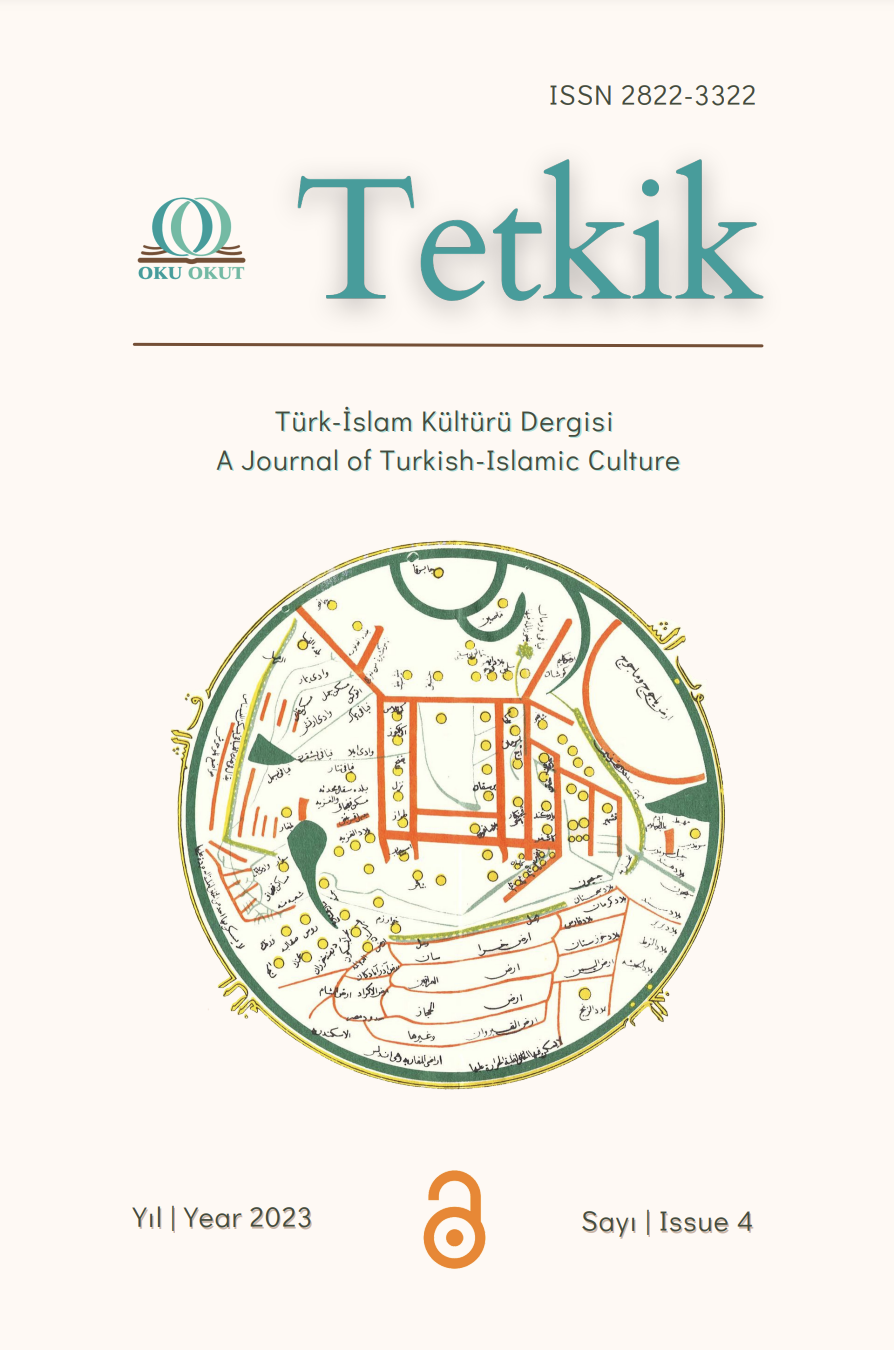Norman Paralı Askerlerin Anadolu’daki Faaliyetleri ve Türkler
Activities of Norman Mercenaries in Anatolia and Turks
Author(s): Karakuş NadirSubject(s): Christian Theology and Religion, Military history, Middle Ages, Theology and Religion, Islam studies, History of Religion
Published by: Oku Okut Yayınları
Keywords: History of Islam; Byzantium; Seljuks; Normans; Mercenaries;
Summary/Abstract: The Byzantine Empire owed its centuries-long great power to the perfection of its military structure. The Byzantine land, which spread over a vast area, was tried to be protected by these soldiers. The mercenaries serving in the Byzantine army were obtained from Europe, the steppes of Russia, the cold climates of Scandinavia, and the Pecheneg and Cuman Turks in the northeastern lands of the Balkans. Norman mercenaries began to be included in this community in the last quarter of the eleventh century. Normans, of Viking origin, spread from northern France to Andalusia and Southern Italy, where they served as mercenaries. Their capture of Southern Italy and then Sicily brought about the processes of statehood. Norman mercenaries serving in the Byzantine service were impressed with their superior combat skills and obedience to their leaders. Although they succeeded in the tasks they undertook, their unreliable and rebellious nature brought them against the Byzantine authorities. Byzantium, which got rid of the rebellious Norman leaders, usually through Seljuk lords such as Artuk and Tutak, followed a similar policy against the Seljuks, another power with which it could not cope. Seeing the benefits of the support it received from the Turkman lords against the Normans who rebelled against it, Byzantium would apply to the military units of the Seljuks in its later struggle against the Normans in Southern Italy. This process, too, will result in the death of Kilicarslan I, who gave his chosen soldiers to Byzantine service in 1107, in today's Silvan, which was known as Mayyafarikin (Miepherkeim) at that time. This article will discuss how this process started through the activities of Norman mercenaries in Anatolia.
Journal: Tetkik
- Issue Year: 2023
- Issue No: 4
- Page Range: 127-146
- Page Count: 20
- Language: Turkish

